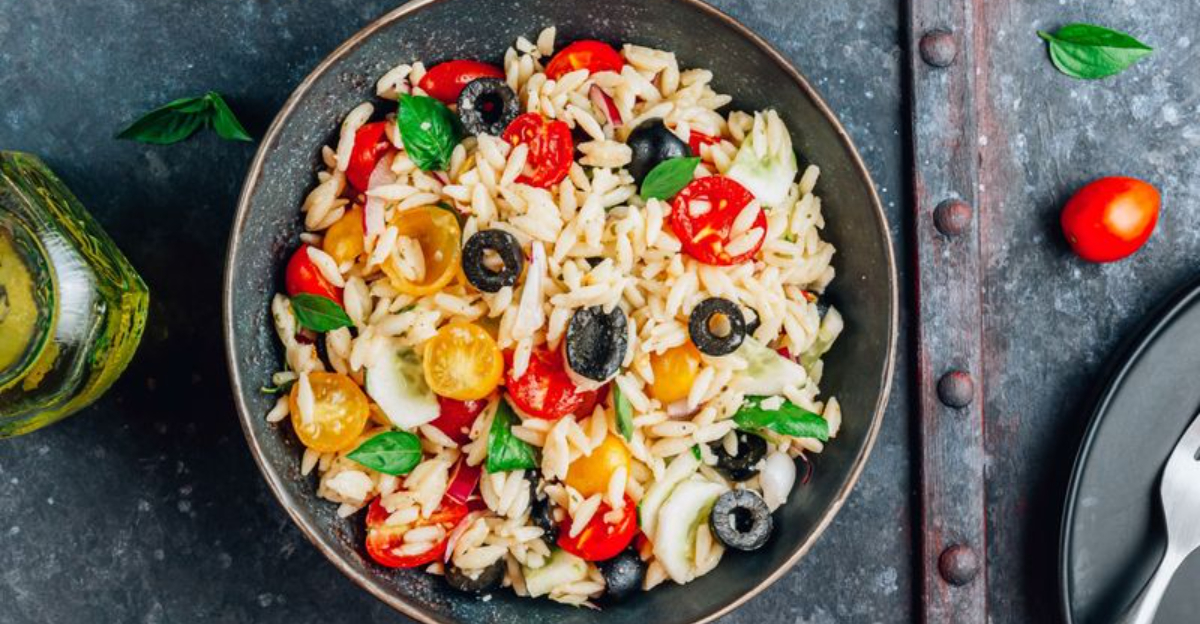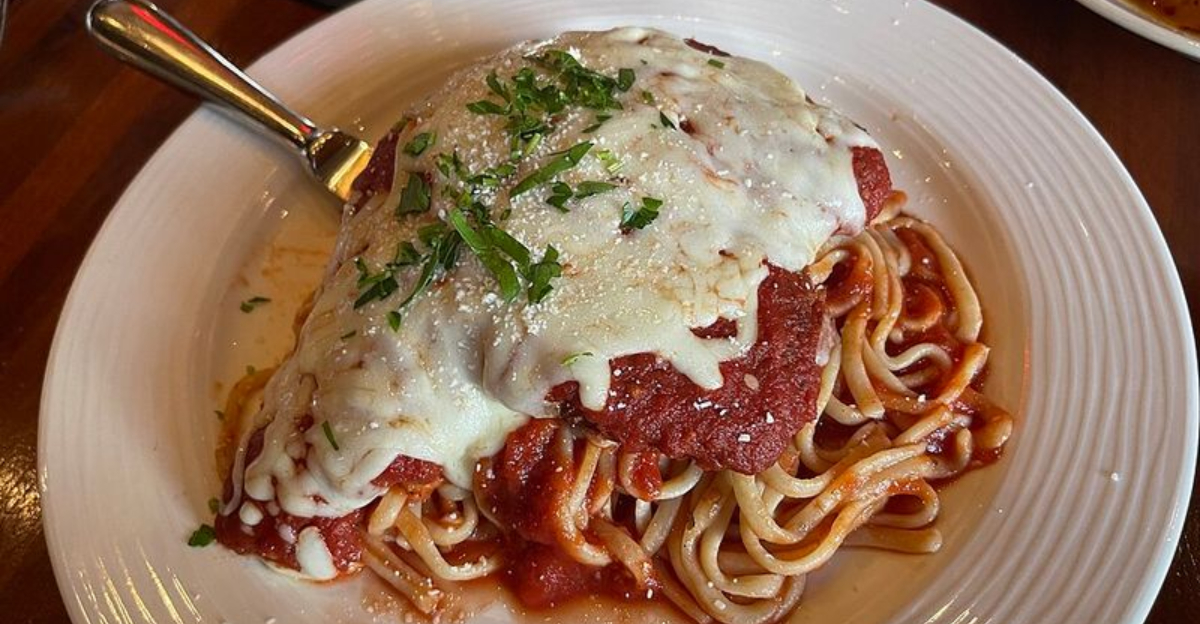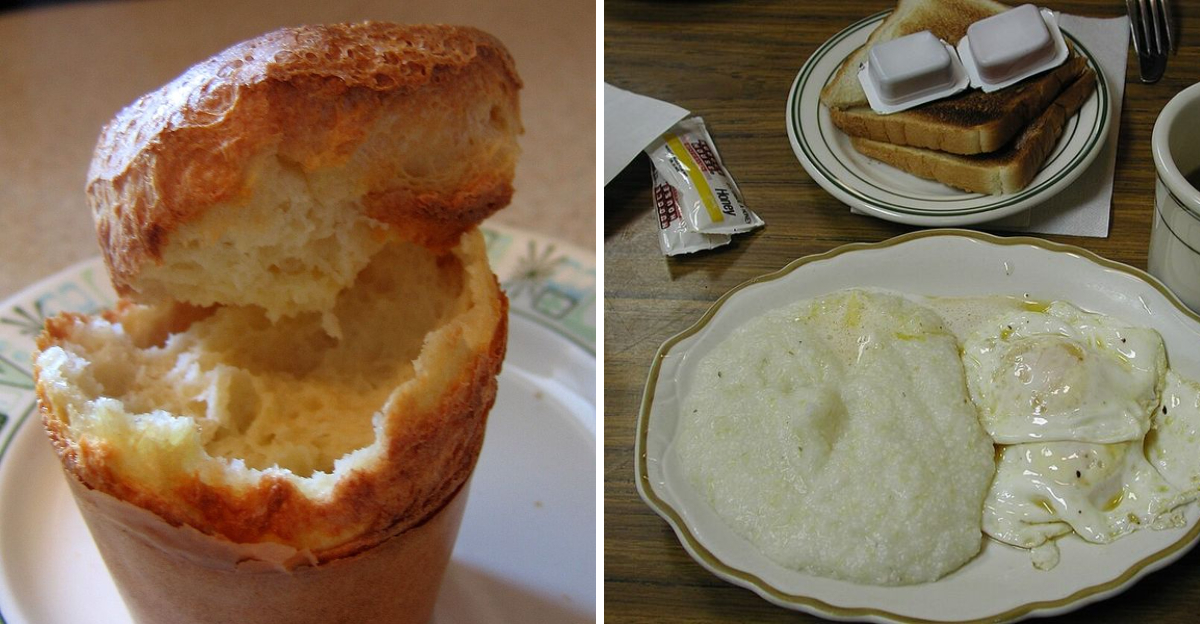The Unwritten Recipes Families Have Kept For Generations
Some of the best recipes never made it onto paper. Instead, they lived in the hands of grandmothers who measured with their hearts, mothers who cooked by instinct, and families who gathered around tables to learn by watching.
These unwritten treasures carry more than flavor – they hold memories, traditions, and the warmth of home across generations.
Disclaimer:
Culinary traditions and family recipes described are presented for cultural and educational purposes. Ingredients, cooking times, and regional variations may differ by household. Always observe food-safety practices, adjust seasonings to personal taste, and verify ingredient suitability for dietary restrictions. Mentions of cultural customs reflect heritage, not endorsement or exclusivity.
1. Buttermilk Biscuits – Flaky, Tender, And Baked By Feel
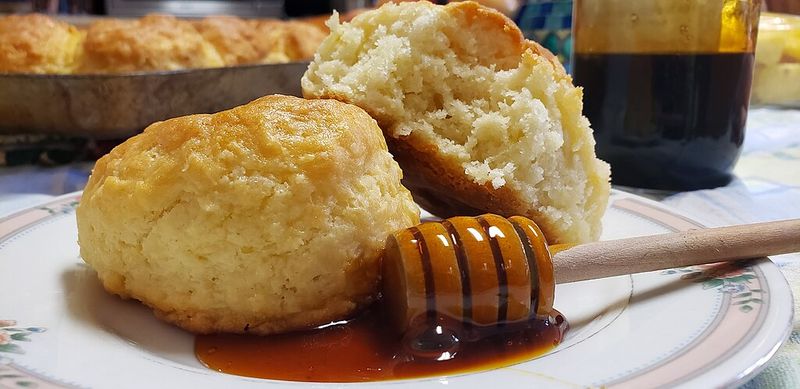
No two batches ever look identical, yet somehow they always taste like home. Buttermilk biscuits are all about touch, feeling the dough just enough to bring it together without overworking it. Grandmas across the South never needed measuring cups; their fingers knew when the butter was cold enough and the dough was ready.
The secret lies in cold ingredients and a light hand. If you knead too much, you lose that signature flakiness. Most families guard their techniques fiercely, passing down tricks like using a fork to cut butter or folding the dough just three times.
These biscuits show up at every important meal, from Sunday breakfasts to holiday dinners, proving that simplicity never goes out of style.
2. Chicken & Dumplings – Soothing Stew With Pillowy Dumplings
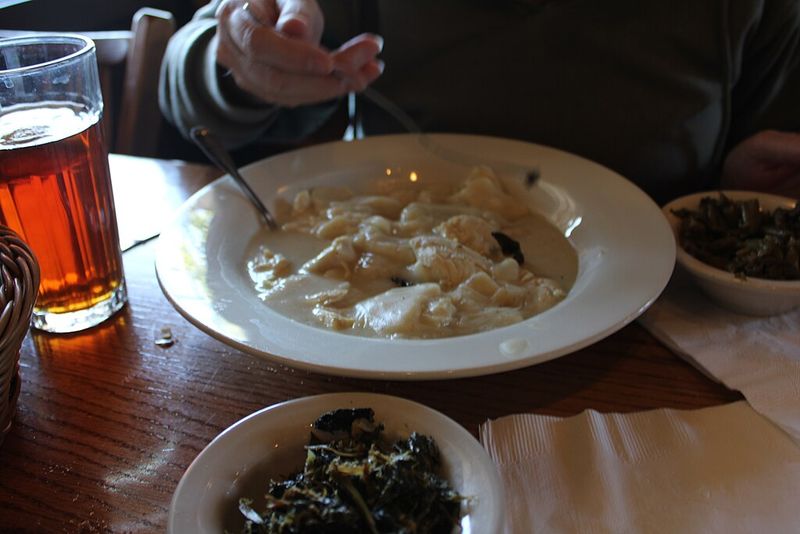
When someone in the family felt under the weather, this was the cure. Chicken and dumplings simmer low and slow, filling the kitchen with a smell that could make anyone feel better. The dumplings themselves are the star, soft, pillowy clouds that soak up all that savory broth.
Every family has their own dumpling style. Some roll them flat and cut them into strips, while others drop spoonfuls directly into the pot. The chicken is usually pulled from the bone, and vegetables like carrots and celery add extra heartiness.
Though recipes exist, most cooks eyeball everything. The result? A bowl of pure comfort that tastes like a hug from someone who loves you.
3. Pierogi – Grandma’s Dough Pockets With Potato, Cheese, Or Cabbage
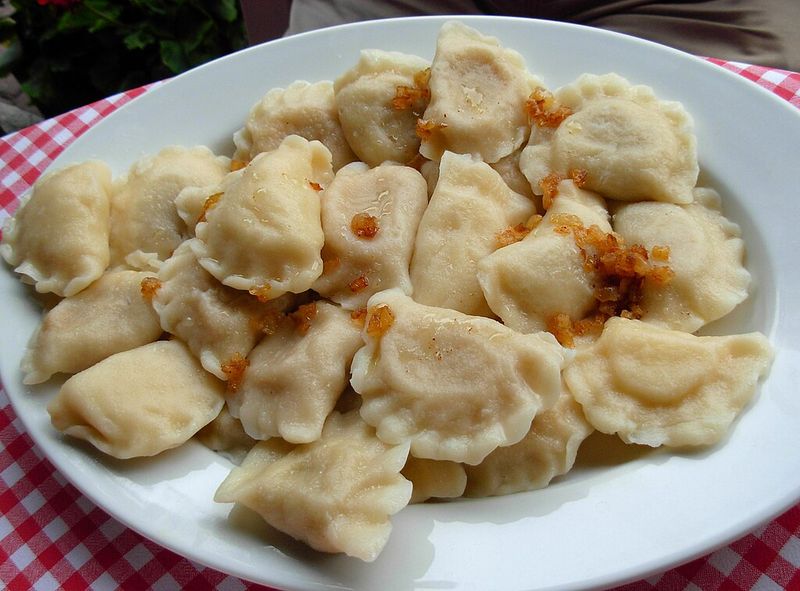
Rolling out pierogi dough was a family event, not a solo mission. Grandmas would gather everyone around the kitchen table, showing little hands how to pinch the edges just right so the filling stayed inside. These crescent-shaped pockets are stuffed with mashed potatoes, cheese, sauerkraut, or even fruit, depending on the occasion.
Making pierogi takes time and patience. The dough needs to be soft but strong, and each one must be sealed perfectly. After boiling, some families pan-fry them in butter until crispy and golden.
Whether served at Christmas Eve dinner or a casual Sunday lunch, pierogi always bring people together, one delicious bite at a time.
4. Tamales – Masa Wrapped Around Family Stories And Slow-Cooked Fillings
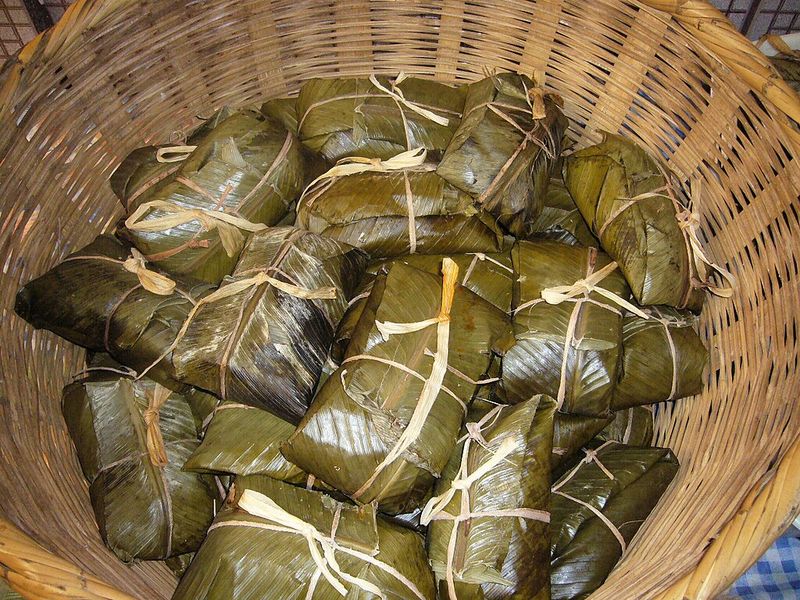
Tamale-making is practically a holiday tradition in many households. Families gather for hours, spreading masa on corn husks, spooning in fillings like pork, chicken, or beans, then folding and stacking them for steaming. It’s a labor of love that no one does alone, they are usually steamed.
Each cook has their own masa recipe, some like it light and fluffy, others prefer it dense and rich. The fillings vary wildly too, from spicy red chile to sweet pineapple. What stays the same is the sense of togetherness.
Stories get shared while hands stay busy, and by the end, dozens of tamales are ready to freeze or feast on. Just saying, nothing beats a warm tamale straight from the pot.
5. Hoppin’ John – Black-Eyed Peas And Rice For Good Fortune
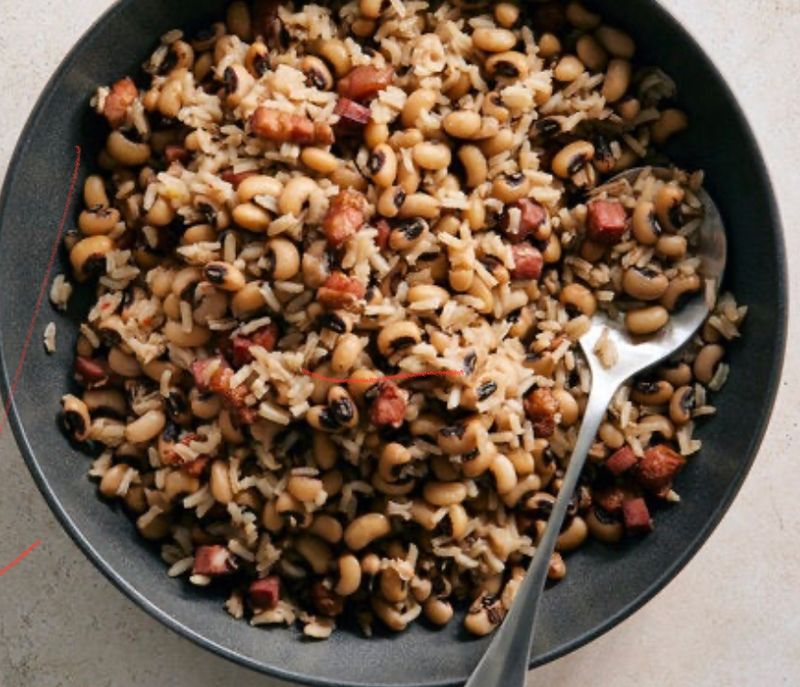
If you want good luck in the New Year, you better eat your Hoppin’ John. This Southern (African and Gullah-Geechee roots) staple combines black-eyed peas, rice, and smoky pork, seasoned with onions, garlic, and a little heat. Families serve it on January 1st, believing each pea represents a bit of future fortune.
The dish has deep roots in African American and Lowcountry cuisine. Some cooks add collard greens on the side to symbolize money. Others toss in tomatoes or hot sauce for extra flavor.
However you make it, Hoppin’ John is more than a meal, it’s a tradition that connects past, present, and hope for what’s ahead.
6. Cabbage Rolls – Stuffed Leaves Simmered In Rich Tomato Or Broth

Wrapping cabbage rolls requires skill and a whole lot of patience. You blanch the cabbage leaves until they’re soft, spoon in a mixture of ground meat and rice, then roll them up tight like little presents. After that, they simmer for hours in tomato sauce or broth until tender and flavorful.
Different cultures have their own spin. Polish families call them golabki, while others know them as sarma or holubky. The filling might include pork, beef, or even lamb, and spices range from paprika to dill.
Though labor-intensive, cabbage rolls are worth every minute. They freeze beautifully and taste even better the next day.
7. Congee (Rice Porridge) – Gentle, Customizable Comfort Bowl
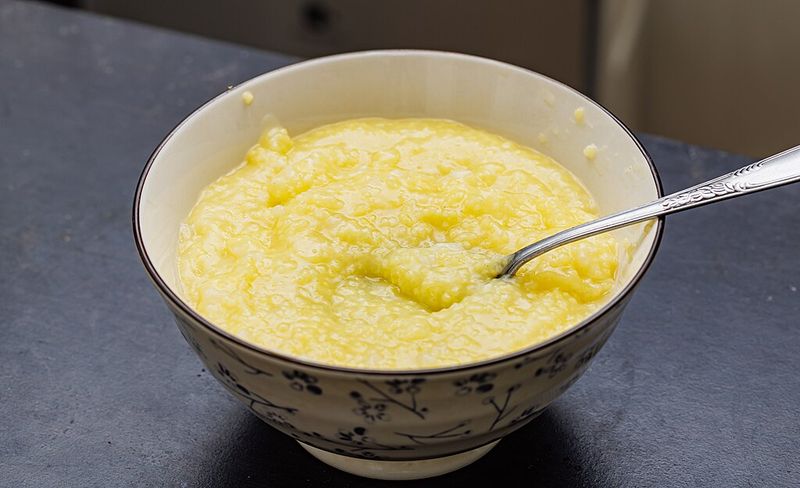
Congee is the ultimate blank canvas. Start with rice and water, simmer until the grains break down into a creamy porridge, then top it however you like. Families across Asia have been making this for centuries, adjusting it for breakfast, lunch, or when someone needs gentle nourishment.
Some prefer it plain with a drizzle of soy sauce and sesame oil. Others load it up with shredded chicken, century eggs, pickled vegetables, or crispy fried shallots. The beauty is in its flexibility.
Though simple, congee carries deep comfort. It’s what mothers make when you’re sick and what grandparents serve when you visit, warm and welcoming every single time.
8. Sourdough Country Loaf – Wild-Yeast Bread Born From A Family Starter
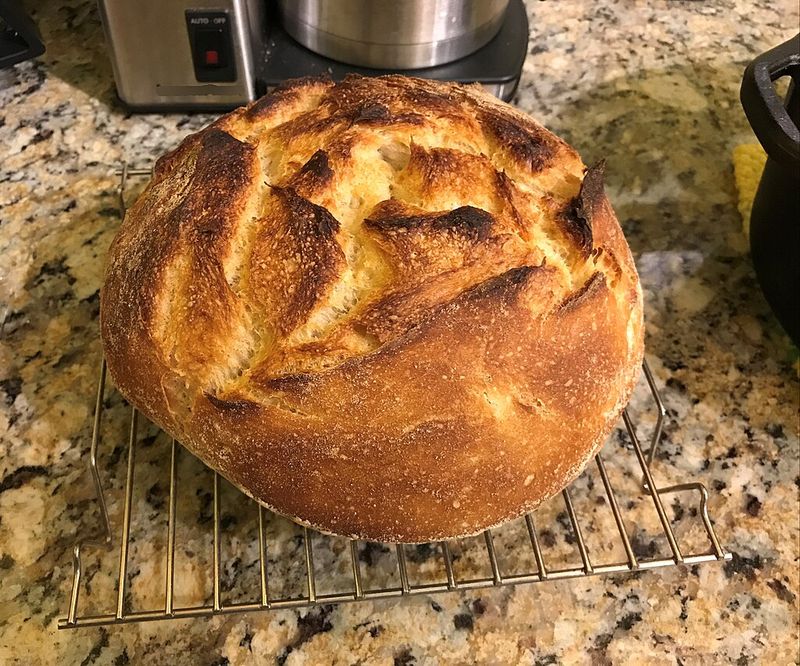
A sourdough starter can live for decades, passed down like a family heirloom. It’s a living culture of wild yeast and bacteria that gives bread its signature tangy flavor and chewy texture, sourdough ferments at room temperature for 8–24 hours. Bakers feed it regularly, watching it bubble and grow, then use it to craft loaves that taste like history.
Making sourdough takes time – mixing, folding, fermenting, shaping, and baking. There’s no rushing the process. The result is a crusty, golden loaf with an airy crumb that’s perfect for toast, sandwiches, or just tearing apart with butter.
Every loaf tells a story, connecting today’s baker to generations of bread-makers before them.
9. Sunday Red Sauce & Meatballs – Slow Simmered Tomato Sauce By Instinct
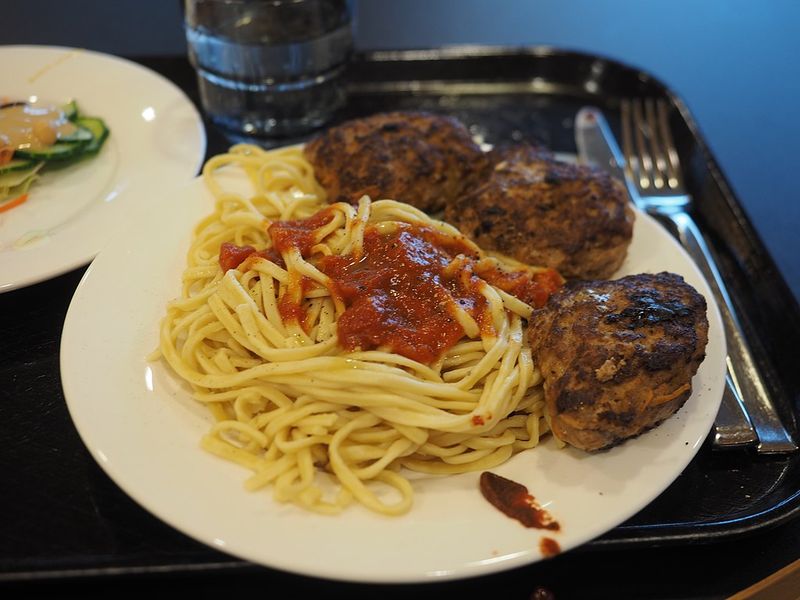
Sunday sauce isn’t just food, it’s a ritual. Italian families start early in the morning, browning meatballs, sausages, and sometimes pork ribs before adding them to a pot of tomatoes, garlic, and basil. The sauce simmers for hours, filling the house with a smell that could wake the whole neighborhood.
No one writes down the recipe. Cooks taste as they go, adjusting salt, sugar, or a pinch of red pepper flakes.
By the time everyone gathers around the table, the sauce is rich, thick, and unforgettable. Pass this on to someone who’d smile reading it.

